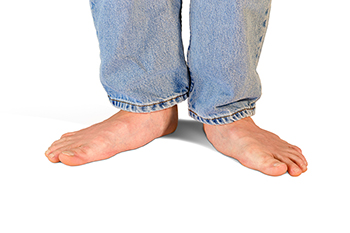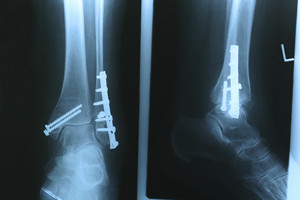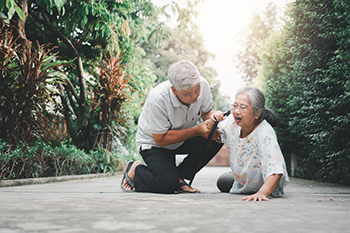A flat foot is a foot that has no visible arch in the middle of the sole of the foot while standing. There are two types of flat feet. A flexible flat foot has a visible arch when the foot is not bearing weight, but the arch disappears when the person stands or puts any weight on the foot. A rigid flat foot has no visible arch regardless of whether or not the foot is bearing any weight. Flat feet can also be present from birth or can develop over time, as the ligaments that hold up the arch of the foot weaken. When flat feet are acquired, they are referred to as fallen arches.
In many cases, flat feet do not cause any pain or other symptoms. This is especially true for those who were born with flat feet. In the instances where flat feet are not asymptomatic, they may cause pain in the heel, arch, ankle, or along the outside of the foot, as well as shin pain, foot aches or fatigue, and lower back, hip, or knee pain. People who have flat feet are also more likely to have an abnormal gait or walking pattern that may affect their daily activities.
Flat feet can be diagnosed through a physical examination. An imaging study, such as an X-ray, may be used to determine the severity of the condition. Treatments for flat feet include footwear and activity modifications, wearing orthotics, taking medications to relieve pain, and physical therapy. If you have flat feet that are causing you pain or discomfort, please consult with a chiropodist.


 Falling
Falling 

